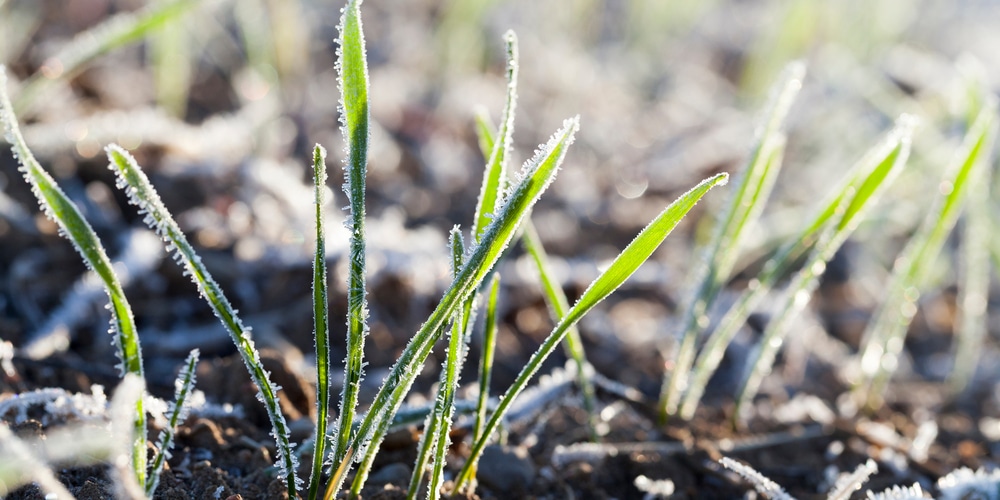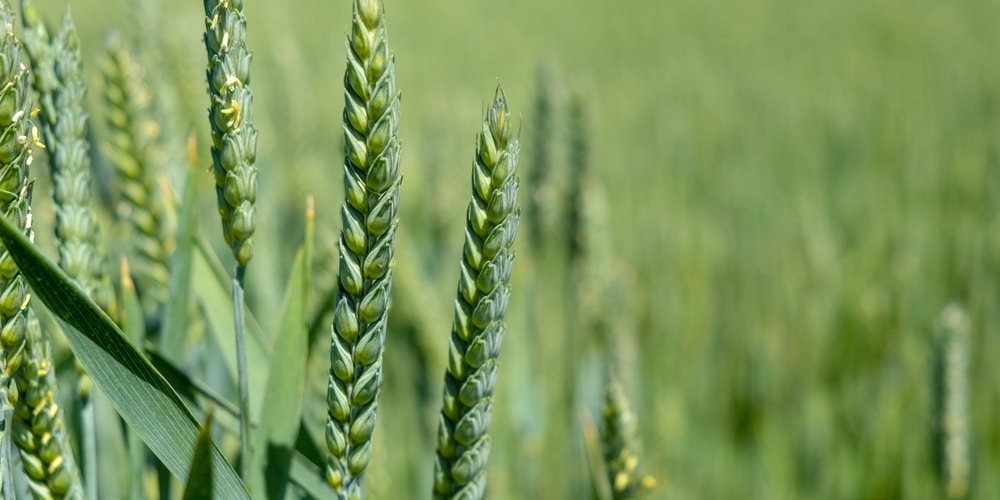Wheat is grown for various reasons, as a food crop, fodder for animals, to attract deer to your pasture, or to stop erosion. There are many types of wheat, and they generally fall into two categories: winter wheat vs spring wheat.
Winter wheat generally refers to varieties that are planted in the fall, grown over winter, then produce a crop that can be harvested in the spring or summer. These varieties are usually planted in September or October and will be ready for harvest in July through August of the following year. The actual dates vary according to region and climate.
Spring wheat can refer to varieties that are planted in the spring. These types of grain will be ready for harvest about 100 days after planting in the summer or fall. This article will compare winter wheat vs. spring wheat.
Winter wheat vS spring wheat: Differences

The main difference between winter wheat and spring wheat is the months that they are planted and harvested. Winter wheat varieties are generally planted in the fall or winter and are harvested the following summer. Spring types are planted in the early spring and harvested in the fall.
It’s estimated that about 80% of wheat that’s grown worldwide is winter wheat, as winter wheat is hardy and has many uses. Here are some other differences between these two types of wheat:
Hardiness and growth time
Winter wheat are hardier varieties than spring wheat. They are a cool-season crop that needs cold nights and warm days to germinate and grow well. Winter wheat is grown in the mid-latitudes of America and Canada. It has a longer growing season from the time the seeds are planted until they are harvested will be almost a year.
Spring wheat is a warm-season crop that isn’t as hardy but is fairly heat and drought resistant. It needs warm weather for the seeds to germinate, and it grows well throughout the spring and summer months. Spring wheat has a shorter growth time; it can be harvested in the summer or fall of the same year. Some varieties of spring wheat can be harvested 100 days after planting. Spring wheat is most commonly commercially grown in colder areas of Canada.
Protein content
Another major difference between winter and spring wheat is the protein content and uses. Winter wheat generally has a higher protein content than spring wheat. This means that it’s more suitable for making pasta and bread. Spring wheat is lighter and used to make cakes and pastries that don’t require a high level of protein.
Color
The color of winter wheat flour tends to be lighter, but this depends on the variety. Spring wheat, on the other hand, can be used to produce darker flour colors.
Flowering
Winter wheat varieties aren’t able to flower until they have experienced sufficiently cold weather. Spring wheat, on the other hand, will flower and produce seeds regardless of the weather and temperature.
Winter wheat vS spring wheat: Similarities

Here are some similarities between winter and spring wheat:
Hard or soft wheat
The terms winter and spring wheat refer to many different wheat varieties. Wheat can be further classified as either hard or soft. Both winter and spring wheat can be hard or soft. Hard wheat contains less moisture than soft wheat.
Some examples of hard wheat include hard red spring wheat and hard red winter wheat. These wheat are usually best suited to baking bread and making pasta.
Soft wheats include soft red winter wheat, soft white wheat, and durum wheat. These wheat are great for making pastries and cakes.
Growing conditions
Both winter and spring wheat varieties grow best in well-drained soil and require enough water to thrive. You can buy either variety at any local supplier of seeds and plants.
Crop circles
Both winter and spring wheat have been targeted by the makers of crop circles in the past, whether from humans or a supernatural force.
Conclusion
When comparing winter vs spring wheat, they are remarkably similar. They both produce a range of varieties that can be used for all kinds of baking, cooking, and food production.
As mentioned above, the main difference between winter and spring wheat is when they are planted and harvested. The article above has compared some different types of wheat, which might help you decide which variety is best for your cooking and baking needs.
Related: Weeds that look like wheat